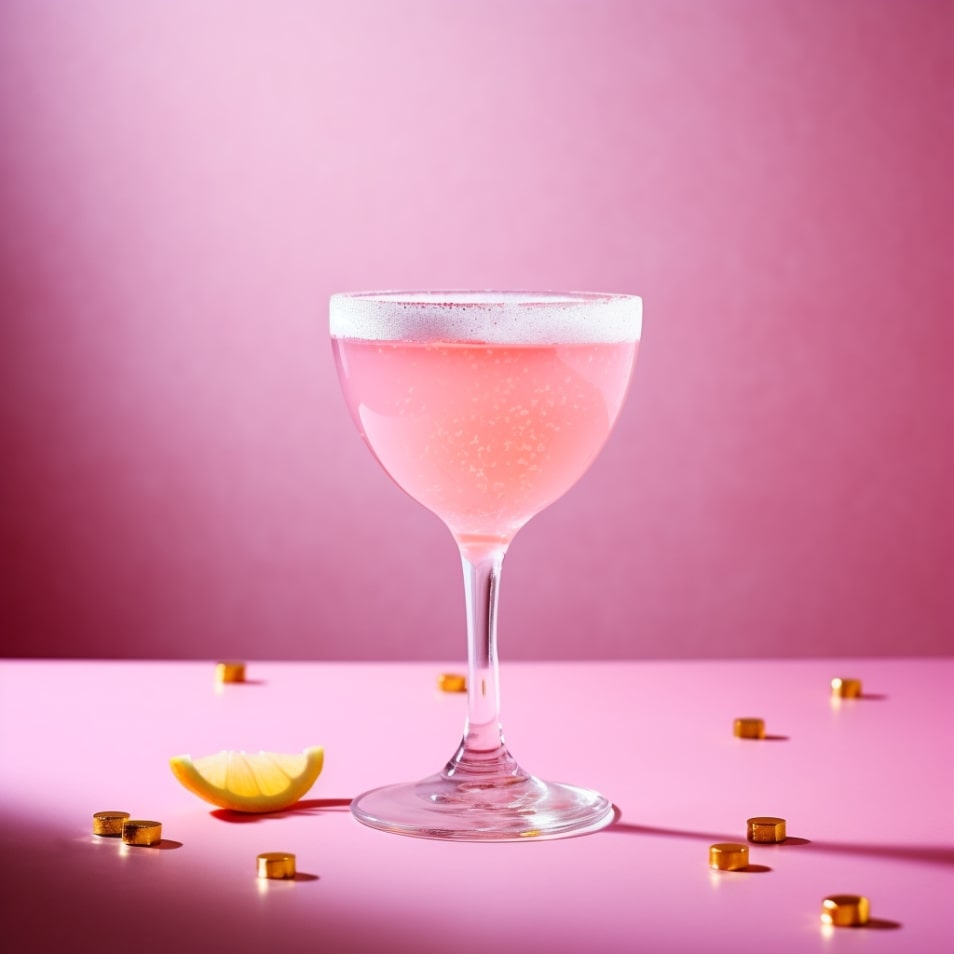
Milk washing is a classic technique utilized by bartenders to refine the taste and appearance of cocktails. With roots in 18th-century spirit purification, contemporary mixologists use milk washing to impart a silky texture, remove harsh elements, and create visually striking results.
Historical Context
Milk washing was historically employed as a means to smooth out the rough flavors of early distilled spirits. This pre-industrial filtration method relied on the milk's properties to mellow out undesirable flavor compounds. In modern mixology, it serves as a way to add textural complexity and nuanced flavor profiles.
The Science of Milk Washing
The process of milk washing relies on a chemical reaction between the acidic components of a cocktail (such as citrus or certain high-proof spirits) and the proteins found in milk. This reaction causes the milk to curdle, creating small clumps that trap bitter tannins, pigments, and other compounds that can affect a cocktail's smoothness and visual clarity.
Selecting the Right Milk
The fat content of the milk used in milk washing influences the resulting texture of your cocktail. Here's a breakdown of common options:
- Whole Milk: Provides a balanced level of creaminess without being overly rich.
- Low-Fat or Skim Milk: Imparts less creaminess but still offers smoothing benefits.
- Plant-Based Milks: Almond, oat, and other non-dairy options can introduce unique flavor nuances. Consider their compatibility with your overall cocktail profile.
The Milk Washing Process
1. Prepare Your Cocktail
Mix your chosen cocktail recipe, ensuring it includes an acidic component to facilitate the curdling process.
2. Warm the Milk (Optional)
Gently warming the milk can promote curdling, but room temperature infusions can also be effective.
3. Combine & Refrigerate
Slowly add the cocktail to the milk, stir gently, and refrigerate (ideally overnight) for maximum interaction.
4. Initial Filtration
Strain the mixture through a superbag to remove large curds.
5. Secondary Filtration
For optimal clarity, re-strain the mixture through a fresh cheesecloth layered with the curds from the first straining. The curds act as a secondary filtration system.
6. Store & Serve
Chill the clarified cocktail until ready to serve.
Considerations
Balance Adjustments: Milk washing may necessitate slight recipe adjustments to maintain optimal flavor balance. Consider additional sweetness if harsh notes have been significantly reduced.
Milk Washing in Practice: Fruit Loop Infused Mary Pickford
This recipe demonstrates both milk infusion and milk washing techniques for a uniquely textured and visually appealing cocktail.
Ingredients:
Fruit Loop Milk:
- 100g Fruit Loops cereal
- 1L whole milk
Cocktail (makes approx. 40 servings):
- 2L white rum (50ml per serving)
- 800ml pineapple puree (20ml per serving)
- 800ml lime juice (20ml per serving)
- 40ml maraschino liqueur (10ml per serving)
- 40ml grenadine (10ml per serving)
- 800ml Fruit Loop Milk (20ml per serving)
- Pineapple soda for top up
Instructions:
Prepare Fruit Loop Infusion:
- Combine Fruit Loops and milk, infuse for 30 minutes at room temperature.
- Strain, reserving the milk.
Assemble Cocktail & Milk Wash:
- Combine cocktail ingredients (except soda).
- Slowly add the cocktail to the Fruit Loop milk.
- Follow the standard milk washing steps detailed above.
Serving:
- For each serving, shake 90ml of the clarified cocktail with ice.
- Strain into a glass.
- Top with pineapple soda.
- Garnish as desired.
Milk Washing for Refinement & Innovation
The practice of milk washing exemplifies the intersection of science and creativity in modern mixology. The technique lends itself to experimentation with flavor infusions, recipe adaptations, and the refinement of your favorite cocktails.